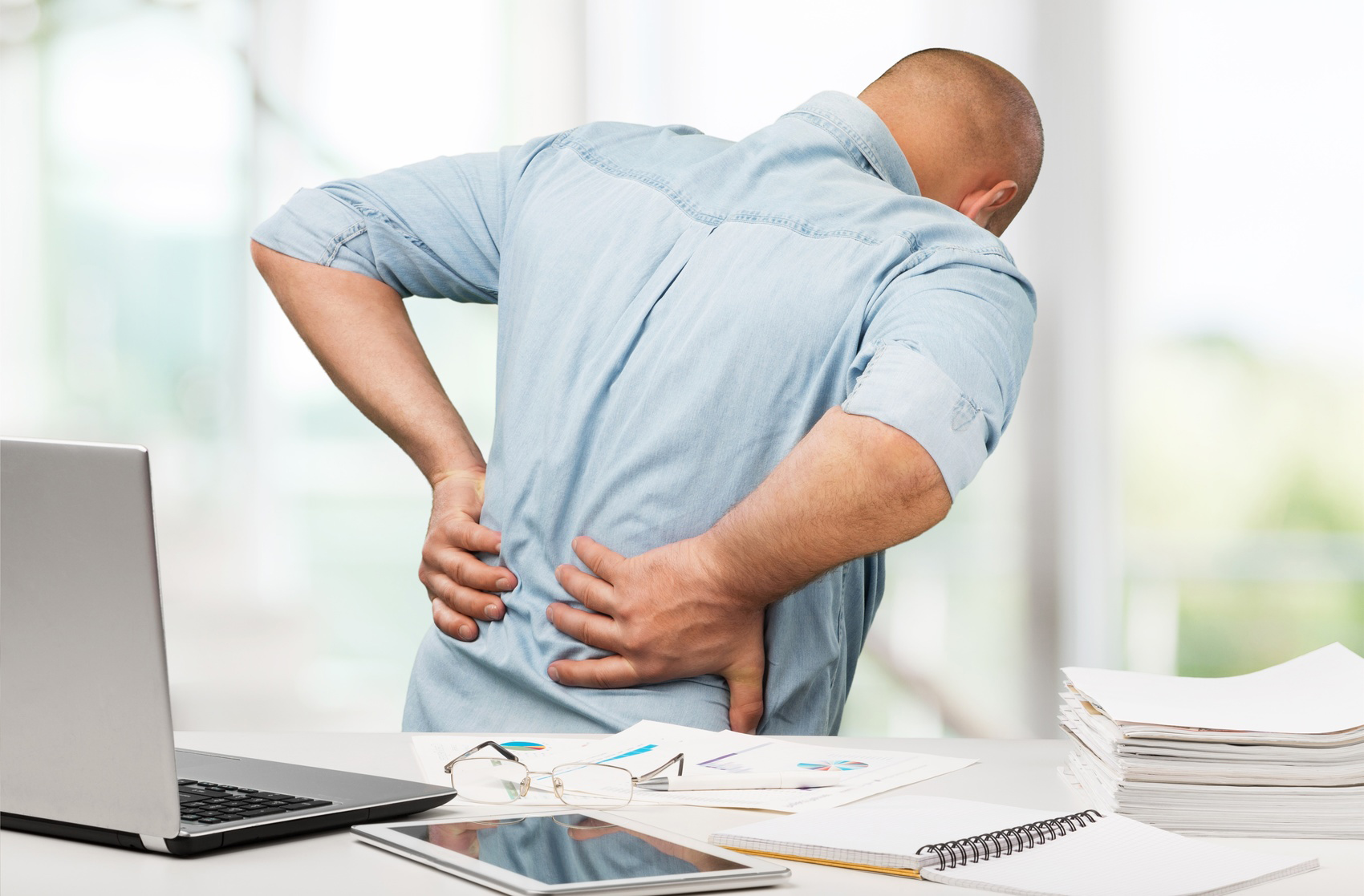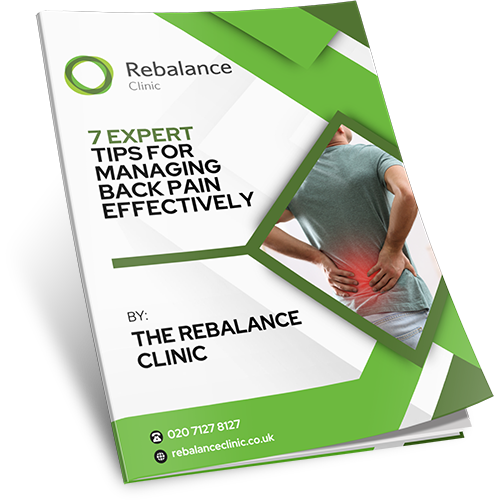Back Pain
In our clinic, we take a personalised approach to treatment, using a variety of methods depending on each individual’s presentation, diagnosis, and what they can tolerate or consent to.
What Is Back Pain?
Your back is a complex structure made up of bones, joints, discs, ligaments and muscles. It’s designed to absorb shock, support your body in movement and provide stability. However, when any part of this intricate system isn’t functioning properly, it can lead to discomfort and pain. Low back pain is a very common issue and can arise from various causes. A sudden change or increase in physical activity, poor posture or lack of core strength are frequent culprits. As we age, degenerative conditions such as osteoarthritis or disc degeneration can also contribute to back pain.
These factors can lead to several painful conditions, including joint locking, where the spine becomes restricted, and movement becomes difficult. Muscle spasms may also occur, which can result in sudden, sharp pain. Additionally, bulging or herniated discs can put pressure on nearby nerves, causing nerve root pain, commonly known as sciatica. Sciatica typically manifests as sharp pain, tingling, or numbness that radiates down the leg, making it difficult to move or sit for extended periods.
What Are The Symptoms Of Back Pain?
Back pain can manifest in various ways, depending on the cause and severity of the condition. Common symptoms include a dull, aching pain in the lower back, which may worsen with certain movements, such as bending, lifting or twisting. Some people experience sharp or stabbing pain, especially when attempting to stand up or sit down.
In more severe cases, back pain may radiate down the legs, a condition known as sciatica, which is often accompanied by tingling, numbness, or weakness in the legs or feet. Muscle spasms may also occur, causing sudden, intense pain and restricted movement. Additionally, some individuals may experience stiffness in the back, making it difficult to fully extend or bend. In some cases, back pain can be accompanied by symptoms such as difficulty standing or walking for extended periods, or even loss of bladder or bowel control, which may indicate a more serious underlying condition and requires immediate medical attention.
What Is Our Approach To Fixing/Treating Back Pain?
The National Institute for Health and Care Excellence (NICE) recommends osteopathy and acupuncture for the effective treatment of non-specific low back pain. At Rebalance Clinic, we will look at how your back is moving, what might be causing any dysfunction and how we can help you get back to pain free movement through osteopathic treatment, acupuncture, advice and home exercises tailored to you.
In our clinic, we take a personalised approach to treatment, using a variety of methods depending on each individual’s presentation, diagnosis, and what they can tolerate or consent to. We understand that each patient is unique, so our goal is to tailor our treatments to suit their specific needs. This means that we combine different techniques to provide the most effective care.
One of the primary treatments we offer is manual therapy, which involves soft tissue work and muscle manipulation. This approach helps to relieve pain, improve flexibility, and reduce tension in the muscles and joints. We also use more gentle techniques, such as harmonics therapy, which is a soothing treatment that promotes healing by addressing muscle imbalances and encouraging the body’s natural ability to recover.
For pain relief and inflammation reduction, we use K-Laser therapy, which is an infrared laser treatment. This non-invasive therapy helps to speed up the healing process, reduce muscle stiffness, and promote circulation. In addition, we utilise Western medical acupuncture, or dry needling, to target tight muscle areas and alleviate discomfort. Dry needling is effective in releasing trigger points and improving overall muscle function.
In some cases, we incorporate shockwave therapy, which is particularly useful for certain back conditions. Shockwave therapy stimulates tissue repair and accelerates the recovery of damaged muscles and joints, providing long-term relief from chronic pain.
At the end of a treatment session, we may offer taping as an additional form of support. Taping can be a helpful way to stabilise the muscles and joints, giving patients the comfort and confidence to continue with their daily activities without feeling restricted. Whether it’s for added stability or pain management, taping can be an excellent complement to the treatments we provide. Our aim is to help you feel better and get back to enjoying life with ease.
Download Free Report
Is back pain severely reducing the quality of your life? If you’re tired of relying on medication, avoiding spending time with your loved ones, or considering surgery because the discomfort is just too much, there’s a better way. Our free back pain report reveals natural, proven strategies to relieve pain, improve mobility and prevent it from returning – without relying on pills or endless treatments. Inside, you’ll find expert insights, practical tips, and actionable steps you can start using today.


